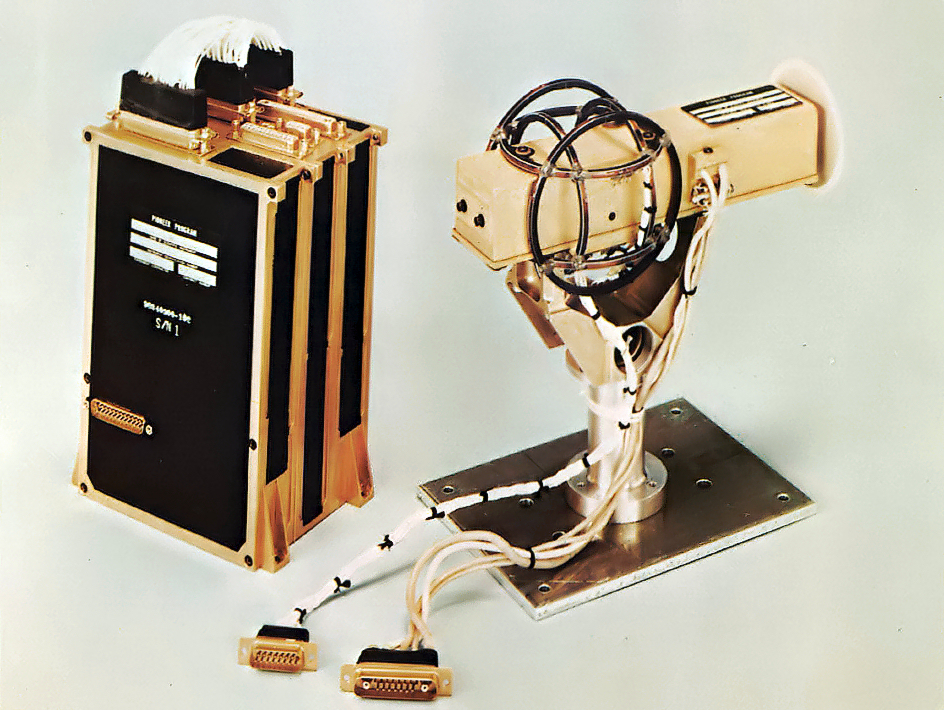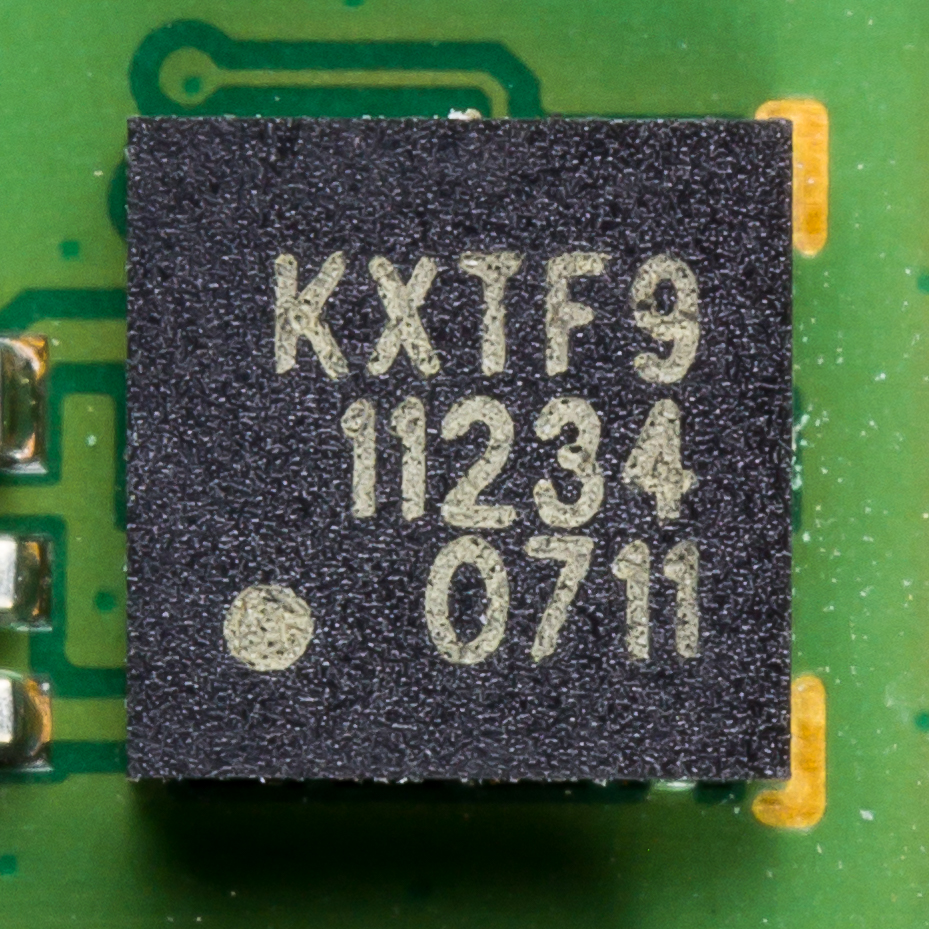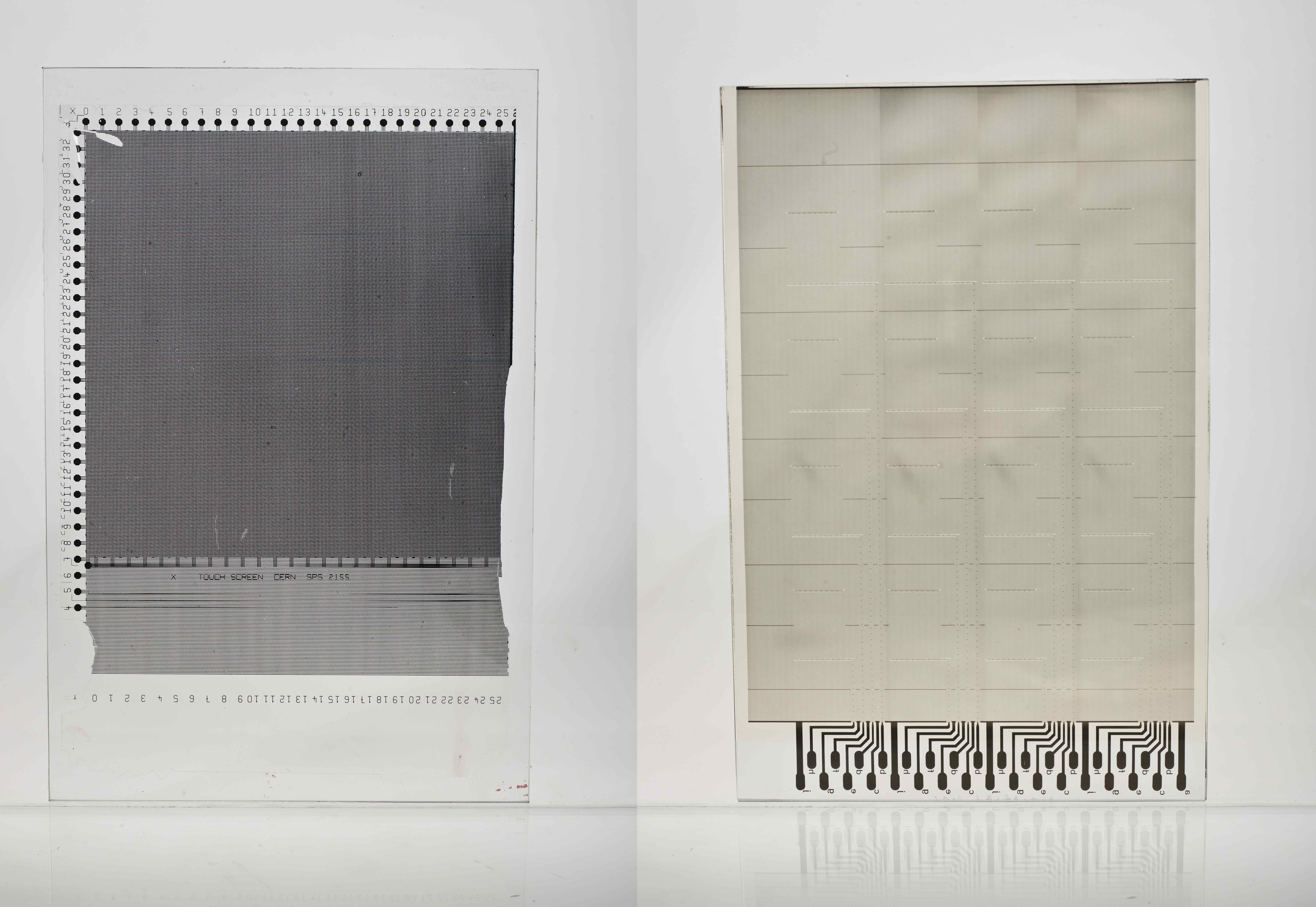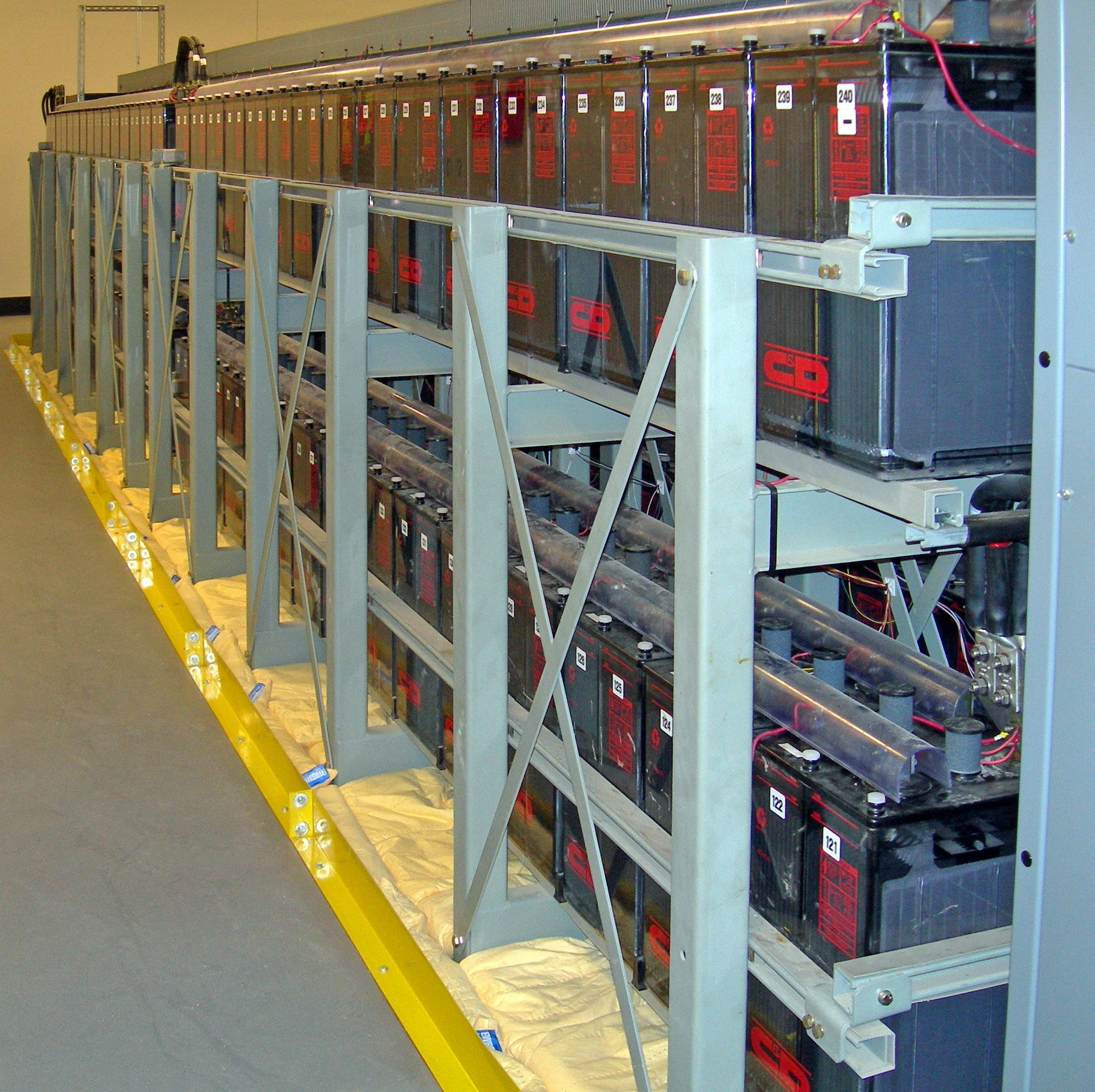|
Samsung Galaxy SL
The Samsung Galaxy S LCD or ''Samsung Galaxy SL'' (GT-I9003) was an Android smartphone designed and manufactured by Samsung Electronics that was released in February 2011 due to shortage of Super AMOLED displays. It features a 1 GHz ARM Cortex-A8 processor, 4 GB of internal flash memory, a 4-inch (10 centimeters) 480x800 pixel WVGA Super Clear LCD capacitive touchscreen display, Wi-Fi connectivity, a 5-megapixel camera with a resolution of 2560x1920, and a front-facing 0.3 MP (640x480) VGA camera. Hardware Screen The Samsung Galaxy SL has a SuperClear LCD touch screen, protected by Gorilla Glass. The SC-LCD is cheaper than the AMOLED display used in Samsung Galaxy S. Furthermore, the display consumes more power compared to SuperAMOLED displays, although the phone ships with a higher capacity battery than the original Galaxy S to compensate for it. An advantage of the SuperClear LCD display over the SuperAMOLED one is that the latter uses a PenTile Matrix layout that ... [...More Info...] [...Related Items...] OR: [Wikipedia] [Google] [Baidu] |
Samsung Galaxy S1
The Samsung Galaxy S (retrospectively referred to unofficially as the Samsung Galaxy S1, Galaxy S1 or original Galaxy S) was a touchscreen-enabled, slate-format Android smartphone designed, developed, and marketed by Samsung Electronics; it is the first smartphone of the Samsung Galaxy S series. It is the first device of the third Android smartphone series produced by Samsung. It was announced to the press in March 2010 and released for sale in June 2010. Due to shortage of Super AMOLED displays, Samsung released a successor to the device called S scLCD or SL and ceased production of the original I9000 model. The Galaxy S is produced in over two dozen variations. The international 'GT-I9000' reference version features a 1 GHz ARM "Hummingbird" processor, a PowerVR graphics processor, 2 or 4 GB of internal flash memory, a 480×800 pixel Super AMOLED capacitive touchscreen display, Wi-Fi connectivity, a 5-megapixel primary camera and a 0.3-megapixel secondary front-fa ... [...More Info...] [...Related Items...] OR: [Wikipedia] [Google] [Baidu] |
OMAP
The OMAP (Open Multimedia Applications Platform) family, developed by Texas Instruments, was a series of image/ video processors. They are proprietary system on chips (SoCs) for portable and mobile multimedia applications. OMAP devices generally include a general-purpose ARM architecture processor core plus one or more specialized co-processors. Earlier OMAP variants commonly featured a variant of the Texas Instruments TMS320 series digital signal processor. The platform was created after December 12, 2002, as STMicroelectronics and Texas Instruments jointly announced an initiative for ''Open Mobile Application Processor Interfaces'' (OMAPI) intended to be used with 2.5 and 3G mobile phones, that were going to be produced during 2003. (This was later merged into a larger initiative and renamed the MIPI Alliance.) The OMAP was Texas Instruments' implementation of this standard. (The STMicroelectronics implementation was named Nomadik.) OMAP did enjoy some success in the sm ... [...More Info...] [...Related Items...] OR: [Wikipedia] [Google] [Baidu] |
Super LCD
Super LCD (SLCD) is a display technology used by numerous manufacturers for mobile device displays. It is mostly used by HTC, though Super LCD panels are actually produced by S-LCD Corporation. Super LCD differs from a regular LCD in that it does not have an air gap between the outer glass and the display element. This produces less glare and makes the user feel "closer" to the display itself. Super LCD's benefits also include lower power consumption and improved outdoor visibility. Super LCD has been succeeded by the newer Super LCD2 displays. Some manufactures had moved back to SLCD displays because of the expense and lack of production capacity of AMOLED displays. SLCD screens have remained popular as power consumption is comparably lower when displaying lighter colors such as the white background found on most internet pages. While AMOLED AMOLED (active-matrix organic light-emitting diode, ) is a type of OLED display device technology. OLED describes a specific type of ... [...More Info...] [...Related Items...] OR: [Wikipedia] [Google] [Baidu] |
Proximity Sensor
A proximity sensor is a sensor able to detect the presence of nearby objects without any physical contact. A proximity sensor often emits an electromagnetic field or a beam of electromagnetic radiation (infrared, for instance), and looks for changes in the field or return signal. The object being sensed is often referred to as the proximity sensor's target. Different proximity sensor targets demand different sensors. For example, a capacitive proximity sensor or photoelectric sensor might be suitable for a plastic target; an inductive proximity sensor always requires a metal target. Proximity sensors can have a high reliability and long functional life because of the absence of mechanical parts and lack of physical contact between the sensor and the sensed object. Proximity sensors are also used in machine vibration monitoring to measure the variation in distance between a shaft and its support bearing. This is common in large steam turbines, compressors, and motors ... [...More Info...] [...Related Items...] OR: [Wikipedia] [Google] [Baidu] |
Magnetometer
A magnetometer is a device that measures magnetic field or magnetic dipole moment. Different types of magnetometers measure the direction, strength, or relative change of a magnetic field at a particular location. A compass is one such device, one that measures the direction of an ambient magnetic field, in this case, the Earth's magnetic field. Other magnetometers measure the magnetic dipole moment of a magnetic material such as a ferromagnet, for example by recording the effect of this magnetic dipole on the induced current in a coil. The first magnetometer capable of measuring the absolute magnetic intensity at a point in space was invented by Carl Friedrich Gauss in 1833 and notable developments in the 19th century included the Hall effect, which is still widely used. Magnetometers are widely used for measuring the Earth's magnetic field, in geophysical surveys, to detect magnetic anomalies of various types, and to determine the dipole moment of magnetic materials. In an ... [...More Info...] [...Related Items...] OR: [Wikipedia] [Google] [Baidu] |
Photodetector
Photodetectors, also called photosensors, are sensors of light or other electromagnetic radiation. There is a wide variety of photodetectors which may be classified by mechanism of detection, such as photoelectric or photochemical effects, or by various performance metrics, such as spectral response. Semiconductor-based photodetectors typically photo detector have a p–n junction that converts light photons into current. The absorbed photons make electron–hole pairs in the depletion region. Photodiodes and photo transistors are a few examples of photo detectors. Solar cells convert some of the light energy absorbed into electrical energy. Types Photodetectors may be classified by their mechanism for detection: * Photoemission or photoelectric effect: Photons cause electrons to transition from the conduction band of a material to free electrons in a vacuum or gas. * Thermal: Photons cause electrons to transition to mid-gap states then decay back to lower bands, inducing ph ... [...More Info...] [...Related Items...] OR: [Wikipedia] [Google] [Baidu] |
Accelerometer
An accelerometer is a tool that measures proper acceleration. Proper acceleration is the acceleration (the rate of change of velocity) of a body in its own instantaneous rest frame; this is different from coordinate acceleration, which is acceleration in a fixed coordinate system. For example, an accelerometer at rest on the surface of the Earth will measure an acceleration due to Earth's gravity, straight upwards (by definition) of g ≈ 9.81 m/s2. By contrast, accelerometers in free fall (falling toward the center of the Earth at a rate of about 9.81 m/s2) will measure zero. Accelerometers have many uses in industry and science. Highly sensitive accelerometers are used in inertial navigation systems for aircraft and missiles. Vibration in rotating machines is monitored by accelerometers. They are used in tablet computers and digital cameras so that images on screens are always displayed upright. In unmanned aerial vehicles, accelerometers help to stabilise fligh ... [...More Info...] [...Related Items...] OR: [Wikipedia] [Google] [Baidu] |
A-GPS
Assisted GNSS (A-GNSS) is a GNSS augmentation system that often significantly improves the startup performance—i.e., time-to-first-fix (TTFF)—of a global navigation satellite system (GNSS). A-GNSS works by providing the necessary data to the device via a radio network instead of the slow satellite link, essentially "warming up" the receiver for a fix. When applied to GPS, it is known as assisted GPS or augmented GPS (abbreviated generally as A-GPS and less commonly as aGPS). Other local names include A-GANSS for Galileo and A-Beidou for BeiDou. A-GPS is extensively used with GPS-capable cellular phones, as its development was accelerated by the U.S. FCC's 911 requirement to make cell phone location data available to emergency call dispatchers. Background Every GPS device requires orbital data about the satellites to calculate its position. The data rate of the satellite signal is only 50 bit/s, so downloading orbital information like ephemerides and the almanac directl ... [...More Info...] [...Related Items...] OR: [Wikipedia] [Google] [Baidu] |
Capacitive Touchscreen
A touchscreen or touch screen is the assembly of both an input ('touch panel') and output ('display') device. The touch panel is normally layered on the top of an electronic visual display of an information processing system. The display is often an LCD, AMOLED or OLED display while the system is usually used in a laptop, tablet, or smartphone. A user can give input or control the information processing system through simple or multi-touch gestures by touching the screen with a special stylus or one or more fingers. Some touchscreens use ordinary or specially coated gloves to work while others may only work using a special stylus or pen. The user can use the touchscreen to react to what is displayed and, if the software allows, to control how it is displayed; for example, zooming to increase the text size. The touchscreen enables the user to interact directly with what is displayed, rather than using a mouse, touchpad, or other such devices (other than a stylus, which is opti ... [...More Info...] [...Related Items...] OR: [Wikipedia] [Google] [Baidu] |
Multi-touch
In computing, multi-touch is technology that enables a surface (a touchpad or touchscreen) to recognize the presence of more than one somatosensory system, point of contact with the surface at the same time. The origins of multitouch began at CERN, MIT, University of Toronto, Carnegie Mellon University and Bell Labs in the 1970s. CERN started using multi-touch screens as early as 1976 for the controls of the Super Proton Synchrotron. Capacitive multi-touch displays were popularized by Apple Inc., Apple's iPhone in 2007. Plural-point awareness may be used to implement additional functionality, such as pinch to zoom or to activate certain subroutines attached to Gesture recognition, predefined gestures. Several uses of the term multi-touch resulted from the quick developments in this field, and many companies using the term to market older technology which is called ''gesture-enhanced single-touch'' or several other terms by other companies and researchers. Several other similar or ... [...More Info...] [...Related Items...] OR: [Wikipedia] [Google] [Baidu] |
Li-ion
A lithium-ion or Li-ion battery is a type of rechargeable battery which uses the reversible reduction of lithium ions to store energy. It is the predominant battery type used in portable consumer electronics and electric vehicles. It also sees significant use for grid-scale energy storage and military and aerospace applications. Compared to other rechargeable battery technologies, Li-ion batteries have high energy densities, low self-discharge, and no memory effect (although a small memory effect reported in LFP cells has been traced to poorly made cells). Chemistry, performance, cost and safety characteristics vary across types of lithium-ion batteries. Most commercial Li-ion cells use intercalation compounds as the active materials. The anode or negative electrode is usually graphite, although silicon-carbon is also being increasingly used. Cells can be manufactured to prioritize either energy or power density. Handheld electronics mostly use lithium polymer batterie ... [...More Info...] [...Related Items...] OR: [Wikipedia] [Google] [Baidu] |
Rechargeable Battery
A rechargeable battery, storage battery, or secondary cell (formally a type of energy accumulator), is a type of electrical battery which can be charged, discharged into a load, and recharged many times, as opposed to a disposable or primary battery, which is supplied fully charged and discarded after use. It is composed of one or more electrochemical cells. The term "accumulator" is used as it accumulates and stores energy through a reversible electrochemical reaction. Rechargeable batteries are produced in many different shapes and sizes, ranging from button cells to megawatt systems connected to stabilize an electrical distribution network. Several different combinations of electrode materials and electrolytes are used, including lead–acid, zinc–air, nickel–cadmium (NiCd), nickel–metal hydride (NiMH), lithium-ion (Li-ion), lithium iron phosphate (LiFePO4), and lithium-ion polymer (Li-ion polymer). Rechargeable batteries typically initially cost more ... [...More Info...] [...Related Items...] OR: [Wikipedia] [Google] [Baidu] |








